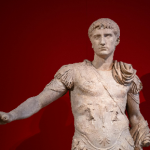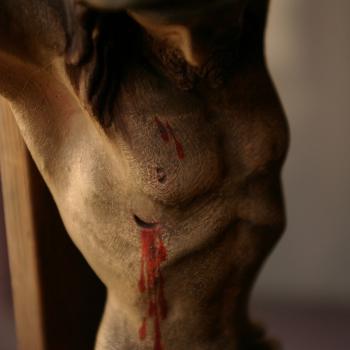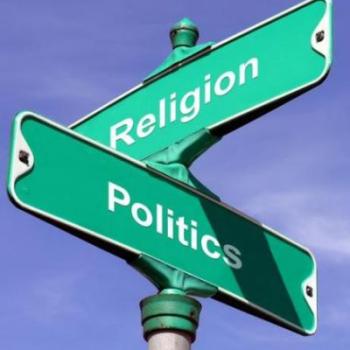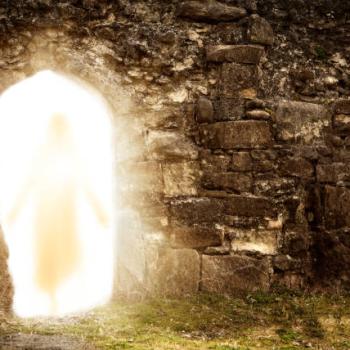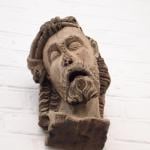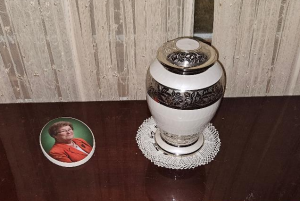
How carefully must the Church guard the doctrine of bodily resurrection with rules regarding Catholic burial practices? The recent death of my wife’s mother is the occasion for this question. As her urn was sitting in our living room, the bill from the funeral home arrived. We puzzled over one item: hundreds of dollars for a “vault” to surround the urn in its eventual burial place. Why a vault?
We questioned the funeral home director about the need for a vault in addition to an expensive urn. He informed us that a new Catholic rule mandated that the urn be buried inside a vault. I was pretty sure that such a rule for a Catholic burial does not exist. So was a priest who preached at the Mass I attended last Sunday.
Catholic burial and a timely homily
The theme for this priest’s homily happened to be one of my favorites –the heresy of Gnosticism and the goodness of the material world. The ultimate destiny of that world, including our bodies, is resurrection. My meditation on that doctrine has been: Nothing good that God made is lost forever. The priest spent some time explaining how Catholic burial customs fit into the Church teaching about the bodily resurrection. Among the customs he listed there was nothing about vaults.
He did mention cremation, a common practice that the Church once forbade. The Church feared that implicit in the practice of cremation was denial of the goodness of the body and its final resurrection. The connection of cremation with denial of resurrection is less a worry now, and the Church no longer forbids cremation. But some worry remains. In my mind the biggest is not denial but a general ignorance of or, at least, lack of concern about the resurrection.
Importance of symbols
People sometimes request that their ashes be scattered around or divided among places meaningful to them. They may want their bodily remains to join with nature or the universe. I find the latter thought, without the scattering, attractive. Actually, reunification with nature must eventually happen no matter how people delay the process with mummifications and vaults. It’s not as though God can’t reconnect these atoms into a glorified body if that’s what resurrection entails.
But we are symbol making creatures, and the Church attaches great importance to symbols. It’s the symbol for our waiting for resurrection that the Church wants to preserve. That symbol speaks more clearly when there’s a burial of a whole body or all of its remains in one place. That, the priest said, is the Church’s rule for Catholic burials and the reason for not scattering the mortal remains. How that rule accommodates the pious practice of preserving first-class relics, pieces of a saint’s body, is a little puzzling, though. A less gruesome and more delightful practice is visiting a burial place to remember, honor, and pray for a deceased person.
Concluding thought
We managed to get our funeral director to drop the fee for a vault along with some other unnecessary fees. Funeral practices, like much else in our society, run too much toward denial of death, corruption, and, of course, money. As a culture we have a way to go along the path of accepting ourselves as the finite and good bodily creatures that we are.
If you find this topic interesting, you might look for my thoughts on the new practice of rapid human composting before burial in this post.



